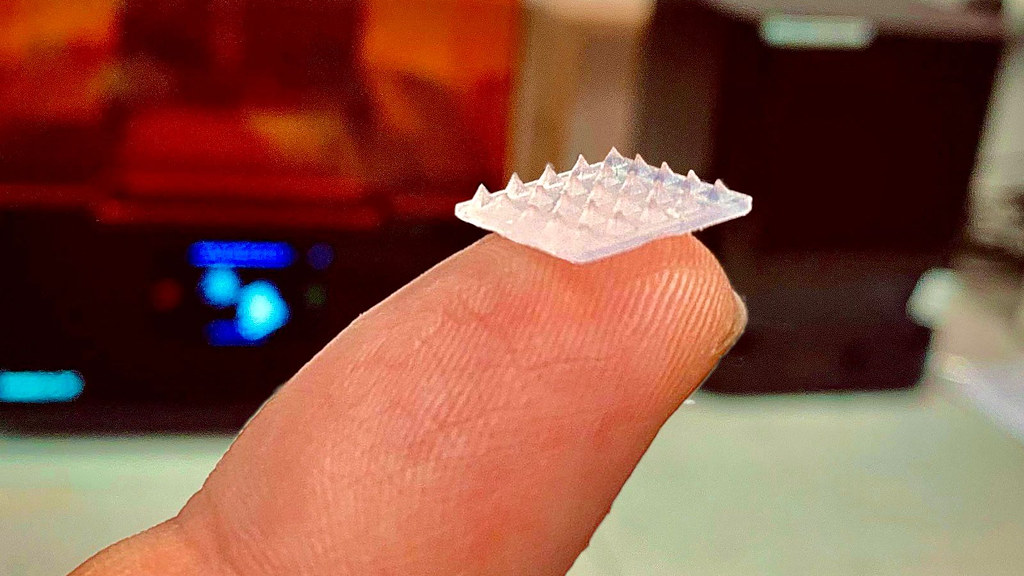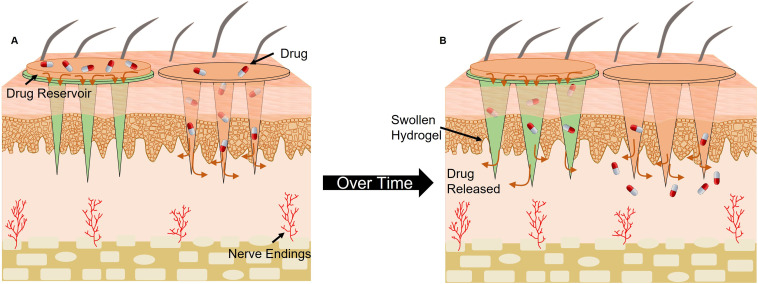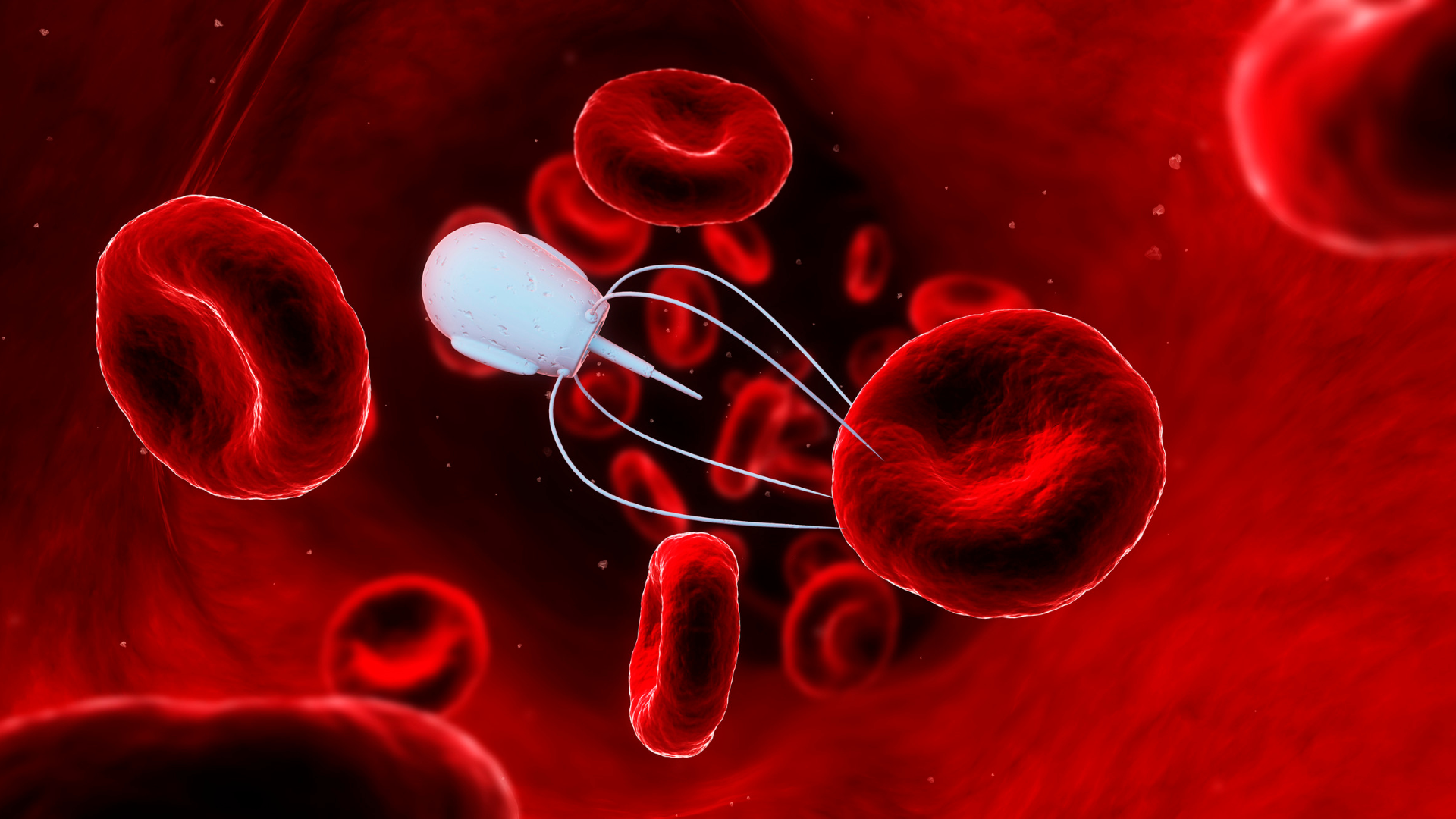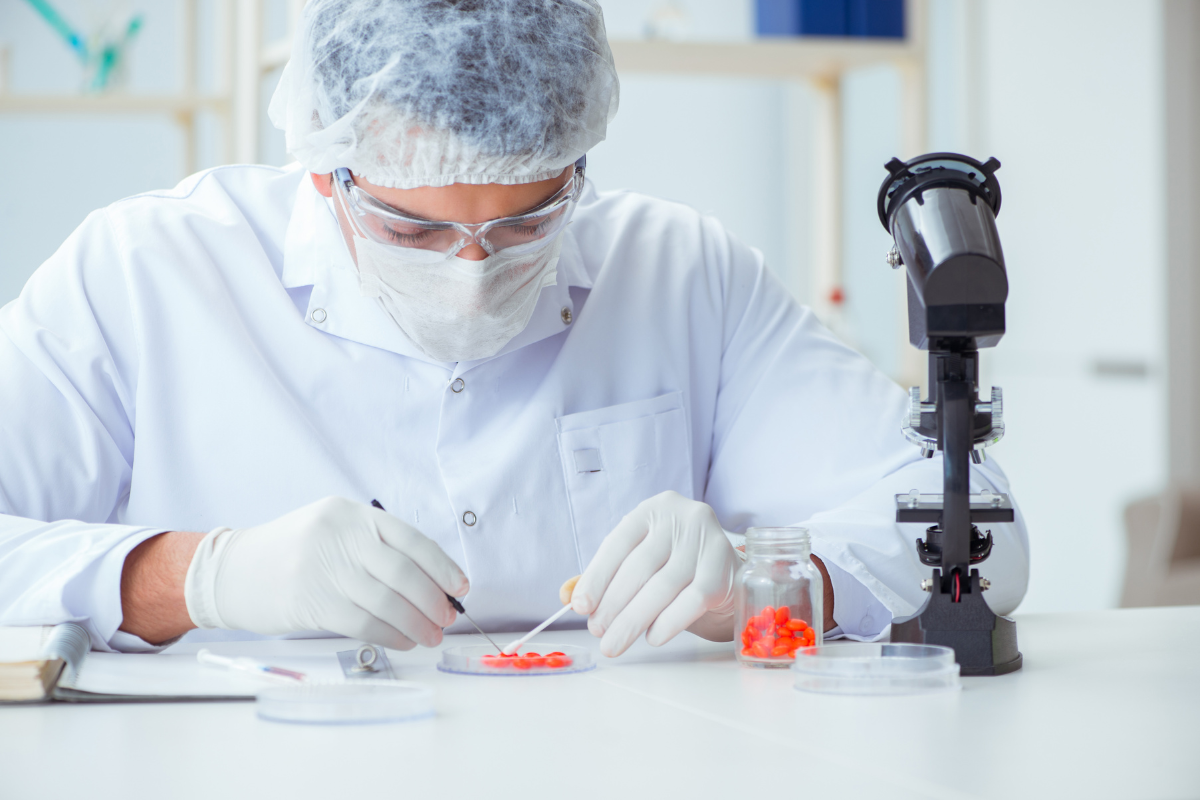Bath University Develops Microneedle Skin Patch for Painless Drug Delivery

A team at the University of Bath has developed a skin patch that uses microneedles to deliver controlled doses of medicine painlessly into the body. It is hoped that the microneedle drug delivery technology could eliminate the need for injections or oral medication in patients that have indispositions to those delivery methods.
The University of Bath says that they hope the technology can be ready for use by patients in the next five to ten years.
RELATED:
- Serina Therapeutics Licences Small Molecule Continuous Delivery Technology to Pfizer
- Rani Strengthens Partnership with Celltrion to Develop Adalimumab (Humira) Biosimilar
- Novel Delivery Systems: Oral Films for Patient-Centric Care
The patch is made from a hydrogel and encapsulates the active ingredients inside the microneedles themselves, rather than within a separate reservoir. Costs are kept down by virtue of them being produced by 3D printed moulds, which makes them cheaper to make than other microneedle patches on the market.

During use, microneedles on the patch pierce the first few layers of skin. The needles, which are hydrophilic, swell when they come into contact with the fluid underneath the skin and deliver a set dosage into the patient’s body.

Along with drug delivery, the microneedle patch can also extract fluid from beneath the skin, which can be analysed for diagnosis and monitoring chemicals like lactate.
Why Microneedle Patch Delivery?
Chemical Engineer and member of Bath’s Institute of Sustainability, Dr Hannah Leese, explained the benefit of the delivery technology: “Injections are invasive and expensive, and they don’t suit everyone. A lot of people are needle-phobic and are understandably reluctant to receive medicine by injection even when treatment is really needed. Others are ill-suited to injections – for instance, elderly patients with thin skin."
Furthermore, Leese added there is a risk of infection by the use of needles: “sometimes the use of needles can introduce pathogens, such as bacteria, that may cause infections, especially in people with low immunity.”
She explained that although oral formulation can sometimes be used for patients with needle aversions, these medications can also have their downsides.
Leese said: “You can experience gastrointestinal side-effects; there is a delay between taking the medication and the drug getting to where it’s needed in the body; doses need to be higher because a lot of the formulation is broken down in the gut, and if the patient is taking antibiotics, this can also contribute to antimicrobial drug-resistance.'
What’s Next?
Leese and her team: Professor Pedro Estrela, biologist Dr Maisem Laabi, and PhD student Joseph Turner, continue to work together on refining the patch.
The team at Bath experimented with using the patch to deliver antibiotics for the treatment of Escherichia coli (E. coli) and Staphylococcus aureus infections. Promisingly, they saw a strong antibiotic response against the bacteria.
“Our next step is to continue to refine the microneedle platform and run animal studies before moving to human clinical trials. I'm hopeful these patches will be ready for patient use within the next five to 10 years," Leese said.
Both systemic and localised delivery are on the cards for this technology. For example, the patch can be placed on specific areas of the skin for treating infections in that area, or elsewhere to deliver vaccines and monitor hormone levels.
Speculating on further uses down the line, Leese said: “We can also see there being a role for these patches in the health and wellness fields. I can picture the day people have microneedles under their smartwatches to detect fluctuations in the stress hormone, cortisol.”






